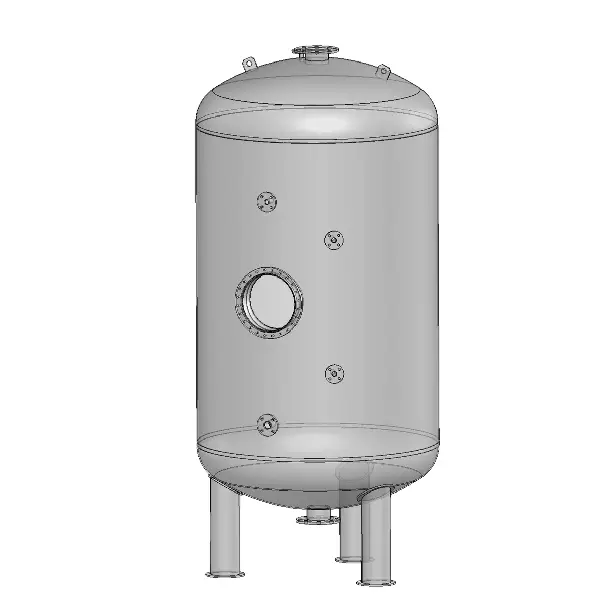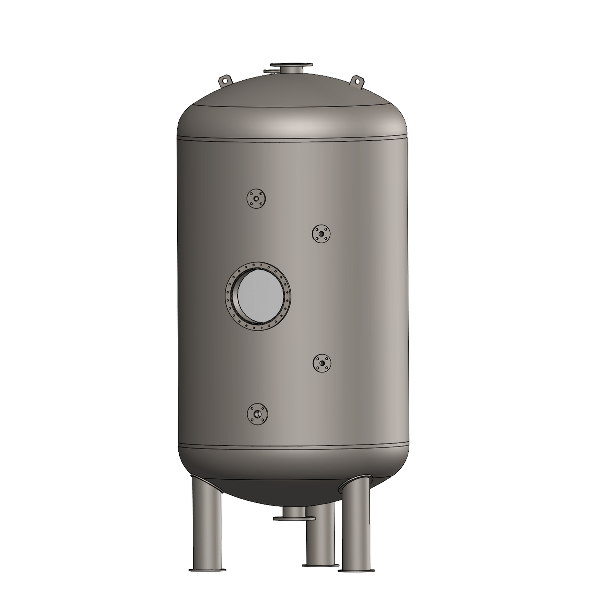AERATOR Pressure Vessel
UNITEX pressure filter manufacturer offers user-friendly and ecological Vessels technologies that helps to remove a wide variety of contaminants from water. Aerator is one of the most important pieces of equipment used in water treatment. An exchange of gasses occurs in the aerator as a result of a properly designed contact time of water and air. Its purpose is to deliver oxygen to water, needed to carry out the chemical reactions underlying the removal of some contaminants from water as well as removal of dissolved gases, responsible for unacceptable water quality parameters, or gases hindering its treatment.
The filter is made of high grade AISI304/AISI316L.

Production capabilities:
We manufacture Pressure Filters made of carbon steel in diameters from DN500 to DN4000 mm. Our designers and technologists will help to adjust pressure filters to requirements and expectations of our customers.
Ladders and platforms to support service and maintenance of the Filters:
Work safety and easy servicing of pressure filters is a very important issue. At UNITEX we make sure that our solutions are comfortable and safe for future users.
Corrosion Protection of the Pressure Filter:
One way to help our customers is to provide high quality corrosion protection.
For the best preparation of stainless steel surfaces, we have a modern chamber for etching and passivation of stainless steel and another independent chamber for glass blasting. We also offer the possibility of polishing internal surfaces of pressure vessels.
An important process completing the production of stainless steel equipment is implementation 4 stages of the surface preparation process of stainless steel allows us to be certain that a ready Pressure Vessel without the risk of corrosion. Omission of any of the stages presented entails the possibility of corrosion, and thus the insufficient quality of the produced Pressure Filter. The high corrosion resistance of the surfaces prepared ensures trouble-free use of our filtres for many years.
Interior surface treatment: The process we are implementing is divided into 3 stages
- Cleaning and degreasing surfaces after production.
- Pickling – removing thermal discoloration, ferrite (rust) traces due to thermal or mechanical treatment.
- Passivation – After the passivation process, the treated product gains high corrosion resistance.
External surface treatment: The process we are implementing is divided into 4 stages:
- Cleaning and degreasing surfaces after production.
- Pickling – removing thermal discoloration, ferrite (rust) traces due to thermal or mechanical treatment.
- Glass bead blasting – Mechanical surface finishing processes such as glass bead blasting/shot peening improve resistance to pitting corrosion and stress corrosion cracking.
- Passivation – After the passivation process, the treated product gains high corrosion resistance.

